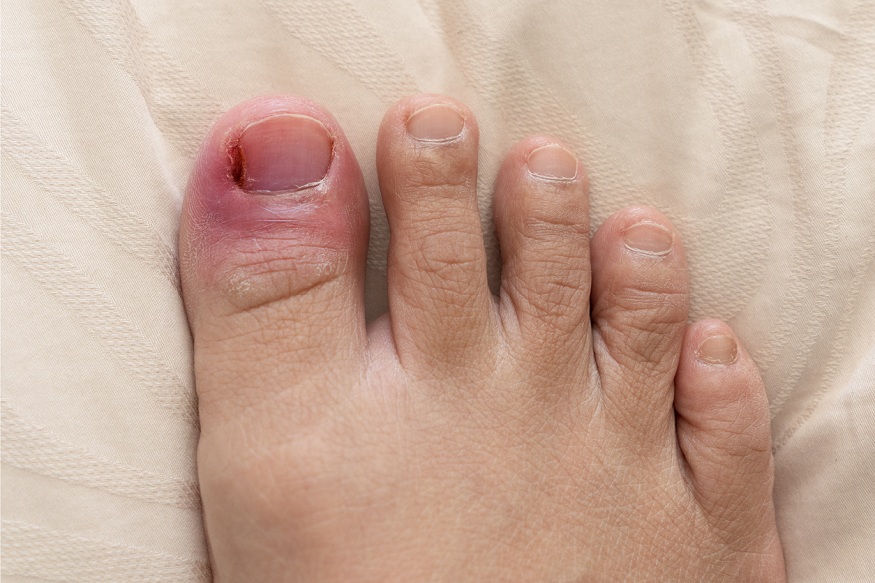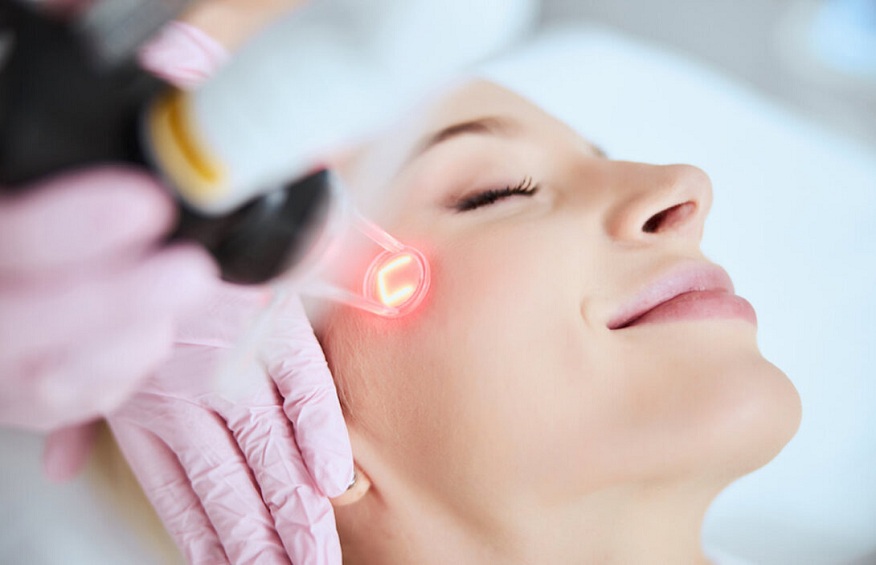A Guide on Ingrown toenails
What exactly is an ingrown toenail?
An ingrown toenail (also known as onychocryptosis) is a condition in which the side of the toe cuts into the flesh close to the nail. As the skin becomes inflamed and infected, this can be uncomfortable. The big toe is most commonly affected, though it can also affect the other toes. Ingrown toenails can occur at any age, but they are most common in teenagers and young adults. Ingrown toenails can be caused by various factors, including tight-fitting footwear, improper nail-cutting technique, and a nail with naturally curved edges rather than a flat nail.
What are the signs of an ingrown toe?
Ingrown toenail symptoms may include discomfort, redness, swelling, and pus in the case of infection.
What should I do if I have a toe that has grown in?
If you have an ingrown toenail, you should see a podiatrist as soon as possible.
What should I refrain from doing if I have an ingrown toenail?
If you have an ingrown toenail, you should not ignore it with the expectation that it will go away on its own. It will not heal on its own and may potentially get infected and painful.
Ingrown toenail therapy at a podiatrist.
Initial ingrown nail treatment:
Doctors frequently prescribe medicines to treat an infected ingrown toenail; however, treating the infection is pointless if the cause (the ingrown nail) remains. Once the nail has been removed, medications may be administered to help the infection resolve.
A trained podiatrist can and painlessly remove the corner of the nail or nail spike that has pierced the skin. If the ingrown nail is painful, a local anaesthetic may be required. The infection will likely remain until the part of the nail causing the Ingrown toenail is removed.
After the infected area of the nail is removed, all that is required to clean up the infection is a few days of antiseptic dressing, especially if you are healthy and have no healing issues. However, if you have wound healing issues, poor circulation, or diabetes, antibiotics and/or an extended time of dressings may be required. In rare circumstances, discomfort may persist following the above treatment, possibly due to another nail spike farther down.
Ingrown toenail treatment that is ongoing: Ingrown toenails frequently reappear. The form of the nail is the most prevalent cause of an ingrown toenail in the first place (curved down the side). Therefore, avoiding recurrence with appropriate self-treatment advice from your podiatrist may be feasible. However, regular podiatrist treatment may be required to keep the nail from growing back. Your podiatrist will go over potential treatment options with you.
Ingrown toenail surgical treatment:
If the ingrown toenail is severe, conservative care is complex, or conventional treatment does not work, minor surgical surgery is required. Nail surgery is a straightforward operation that provides a permanent solution to the problem. A podiatrist can use various minor surgical methods to treat an ingrown toenail. All these can be done in the treatment room with a local anaesthetic.
Removing a part along the side of the nail is the most common minor surgical treatment. In the worst-case scenario, the entire nail may need to be removed. There are cells at the base of the nail that causes the nail to grow. The nail will regrow unless something is done to eliminate these cells. A chemical is used to kill these cells and inhibit future nail development. After the surgery, you will need to relax and elevate your foot for a few hours. You can go back to work or school the next day. It is recommended that you avoid sports and running for at least two weeks.



